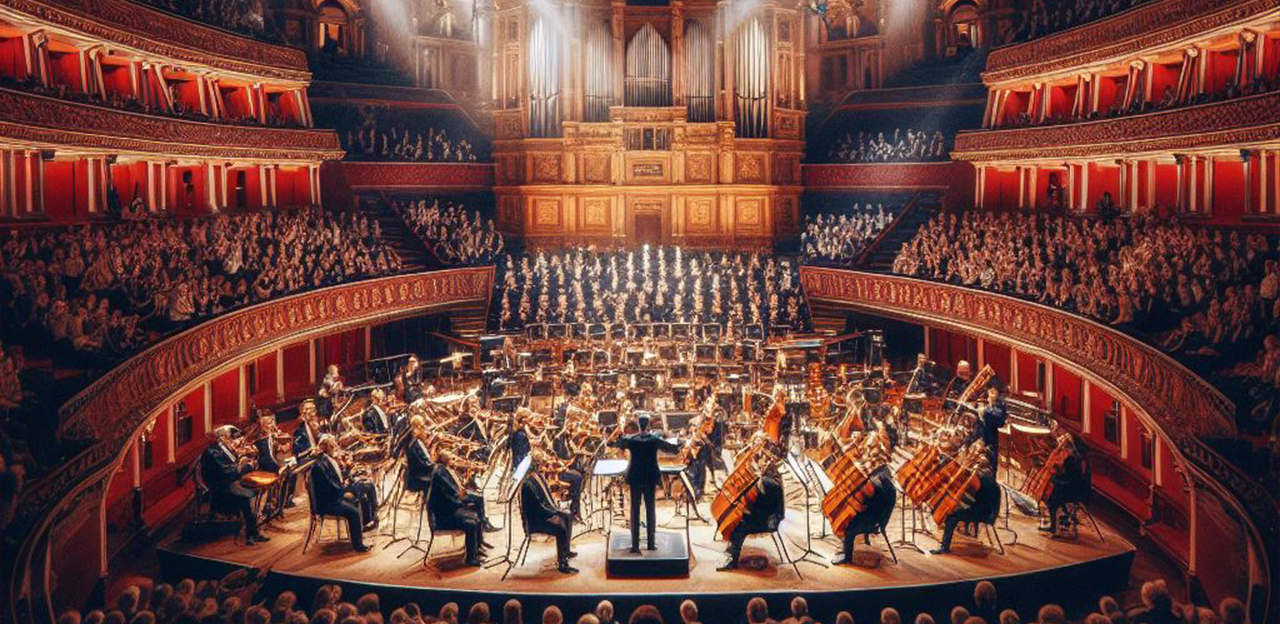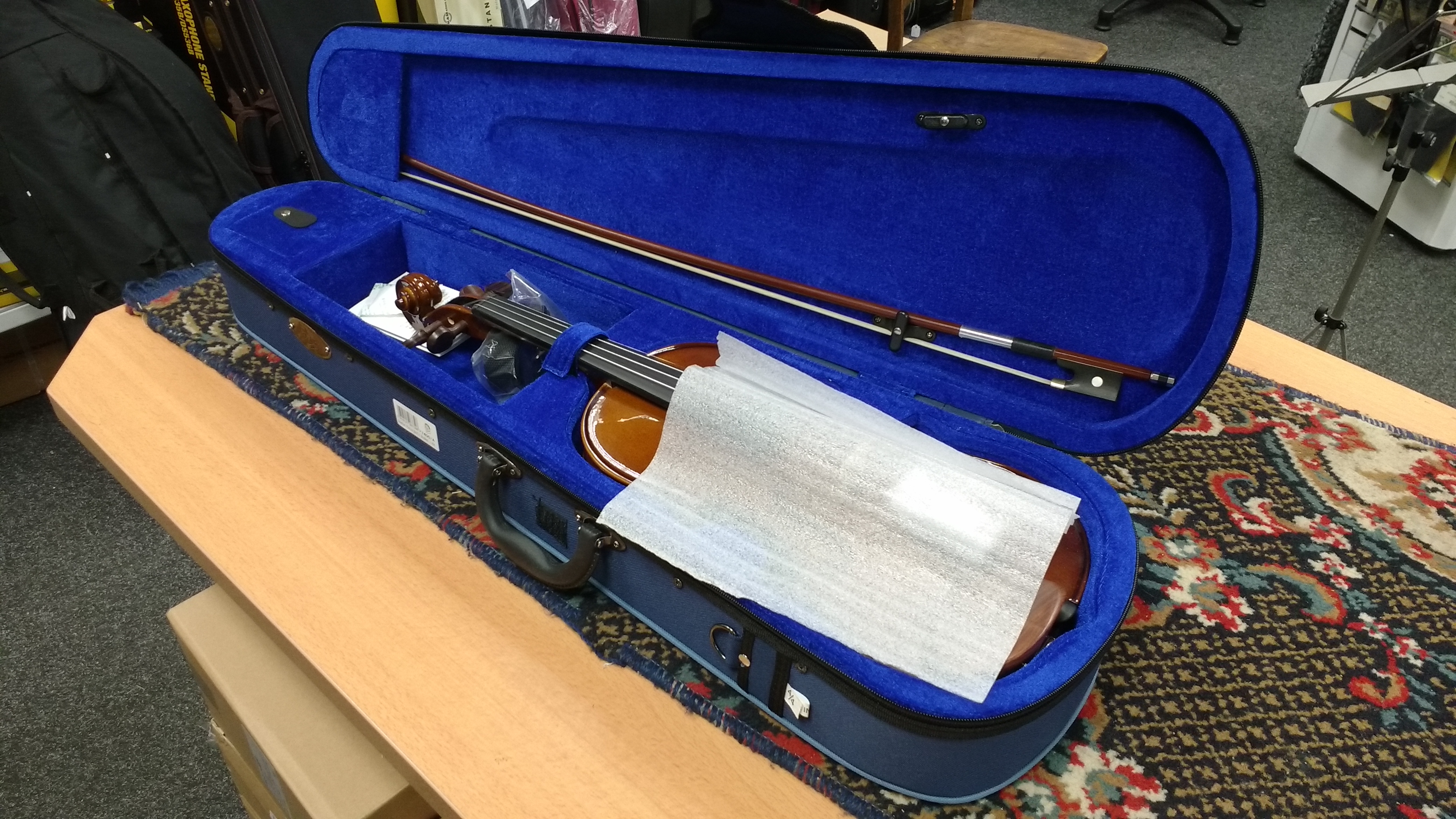Timeless Symphony
From the grandeur of classical compositions to the contemporary crescendos of film scores, the orchestra stands as a testament to the beauty of collective musical expression.
Symphony Through Time
The origins of the orchestra can be traced back to the Baroque era in the 17th century. Early orchestras were modest in size, often comprising strings, woodwinds, and a harpsichord. As musical tastes evolved, so did the orchestra, expanding in both size and complexity. The Classical period saw the establishment of the standard orchestral layout, with the addition of brass and percussion sections.
The 19th century marked the advent of the Romantic era, characterized by heightened emotional depth and expressiveness in orchestral compositions. The orchestra continued its evolution through the 20th century, embracing diverse stylistic influences and experimental sounds, as exemplified by Stravinsky’s groundbreaking “Rite of Spring” and the lush cinematic orchestrations of Hollywood.
The Famous Orchestra
Throughout history, certain orchestras have become synonymous with excellence, captivating audiences with their virtuosity and interpretation of masterpieces. The Vienna Philharmonic Orchestra, founded in 1842, is renowned for its interpretation of the Viennese classical repertoire, delivering performances that capture the essence of composers like Mozart and Strauss.
Established in 1882, the Berlin Philharmonic Orchestra has been a beacon of innovation under notable conductors such as Herbert von Karajan and Claudio Abbado, consistently pushing the boundaries of orchestral sound making it a powerhouse in the classical music world.
In the United States, the New York Philharmonic, founded in 1842, holds a special place in the hearts of music enthusiasts. Its performances, especially in iconic venues like Carnegie Hall, have shaped the American classical music landscape.
Echo Through Time
The orchestra has been the canvas for some of the most iconic and enduring compositions in the history of music. Beethoven’s Symphony No. 5, with its iconic four-note motif, is a triumph of structure and emotion. Mozart’s “Eine kleine Nachtmusik” exemplifies the grace and charm of the Classical era.
Moving into the Romantic period, Tchaikovsky’s “Swan Lake” and Rachmaninoff’s “Symphony No. 2” showcase the emotional depth and lush orchestrations characteristic of the time. In the 20th century, Stravinsky’s “The Rite of Spring” shattered conventions with its avant-garde approach, while John Williams’ film scores, like those for Star Wars and Jurassic Park, brought orchestral music to a global audience.
Tradition and Innovation
As the orchestra continues to evolve technology has become an ally, providing new avenues for composition, performance, and audience engagement. Orchestras around the world are experimenting with digital platforms, reaching broader audiences through live-streamed concerts and interactive experiences.
Contemporary composers are at the forefront of innovation, exploring ways to marry traditional orchestral elements with modern genres. This exploration results in compositions that mirror the diverse landscape of our musical expression. The orchestra, a dynamic and adaptive force, continues to embrace change while preserving the timeless beauty of its classical roots.
The orchestra is a living, breathing entity that echoes the tapestry of human emotion and creativity. Its history is a journey through time, marked by innovation, brilliance, and the enduring power of collective musical expression. As orchestras continue to enchant audiences worldwide, the future promises a symphony of possibilities where technology and tradition seamlessly harmonize, ushering in a new era of orchestral brilliance.






